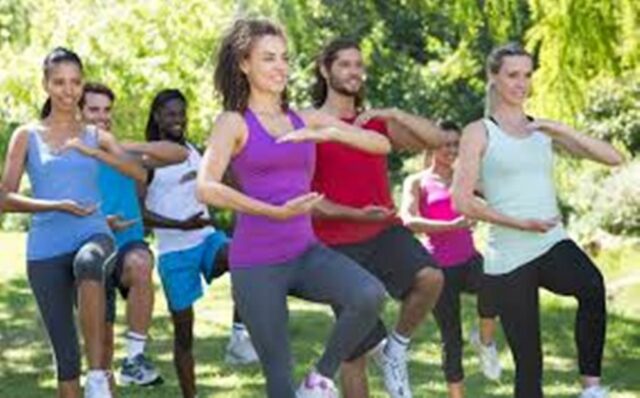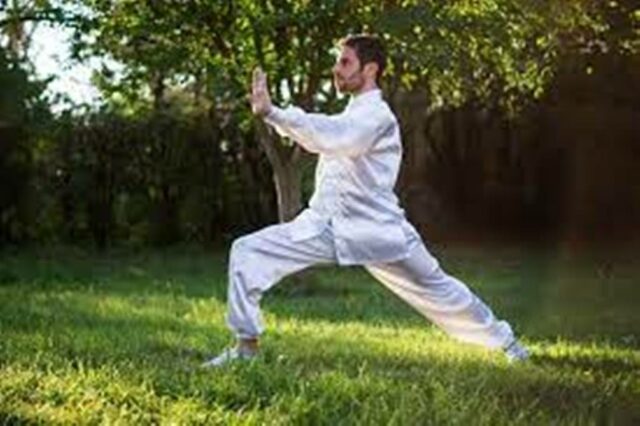Tai Chi, also called tai chi chuan, developed as a martial art in 13th century China. It combines fluid Tai chi movements and relaxation with deep breathing, and is practiced around the world as a form of physical activity that promotes health.
If you want to start practicing tai chi, it is best to start with the basic steps. The practice has shown health benefits such as reduced stress, improved posture, balance, increased muscle strength in the legs, and general mobility.
Tai Chi is suitable for people of all ages and can even be practiced by people with disabilities, including wheelchair users. There are several different types of tai chi, depending on the way the body maintains postures and the speed of movement.
For the most part, the movements are fairly smooth and many are performed in a squat-like position. If you are hoping to start practicing the martial art, you can watch a class or take a free session before signing up for a full course.
Warm-up
There are several warm-up exercises that you can do before starting your practice. The warm-up can focus your concentration, intention, and breathing before beginning your basic tai chi movements.

Warm-ups include head turns, in which you gently circle your head in one direction, then the other while breathing deeply; the simple stretch, when you bend down to your toes and slowly come back up with your hands on your hips; shoulder rolls; arm circles with arms stretched out to the sides; picking fruit, in which he stands with his legs shoulder-width apart and stretches upward; knee circles; and hip rolls.
Tai Chi moves to start:
Warrior and scholar
This movement is one of the foundations of tai chi. Bring your feet together and relax your hands at your sides. Breathe in as you bend your knees and sink, with your left hand flat and your right hand clenched into a fist. Continuing to inhale, cover your right fist with your left hand and lift up. Come to a straight leg pose. Exhale, release, and sink back in.
Brush the knee
Begin this movement in a t position. Raise one hand, palm in front. The opposite hand is in front of the body, palm down. While bringing one foot forward, roll your body at the waist and push your raised hand forward, while lowering the opposite hand. To finish, circle your arms back to the starting position. Breathe out as you push with your upper hand and breathe in back into the circle.

Part the Horse Mane
Place both hands on top of each other with a gap in the middle, palms facing each other, as if carrying a ball. Shift your weight to whichever foot is on the same side as your upper hand. So if your right hand is up, shift your weight to your right foot.

Bring the opposite leg to the front and while moving your weight to the front leg, move the lower hand forward as if throwing a Frisbee. The other hand should go back and down to “rest like being on the head of a large dog.”

